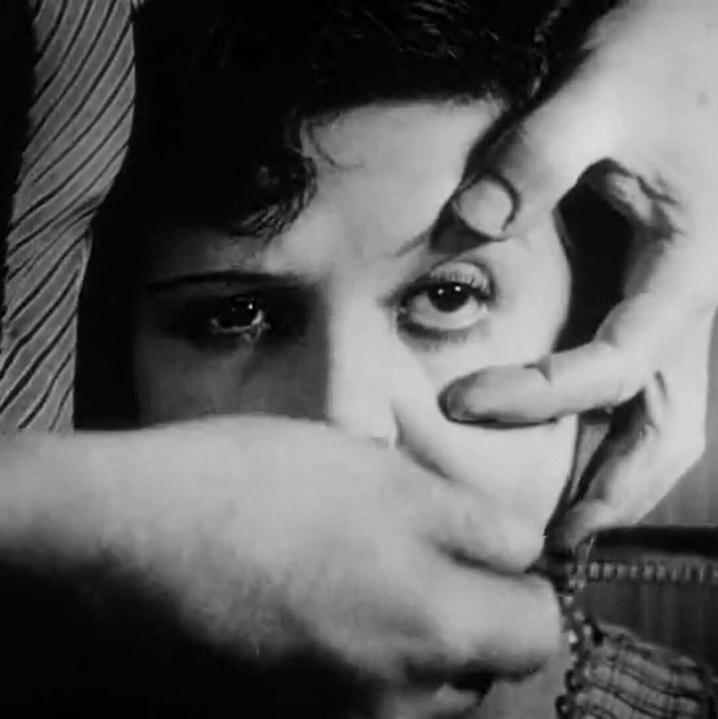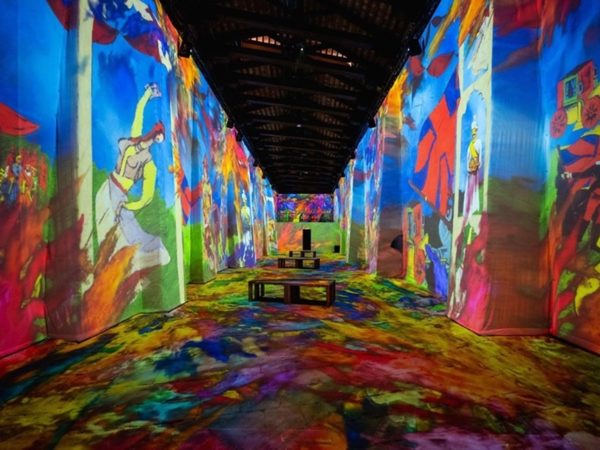Salvador Dalí and Surrealist Cinema
A still from Un Chien Andalou (An Andalusian Dog), 1929
Europe in the 1920’s was a hotbed of experimentation in art as a post-war generation sought to destabilize the old outdated norms that pervaded art in search of new mediums of reflecting and contemplating modern society. Springing from the influence of Dada, Surrealists gained prominence at the forefront of new artistic endeavours.
Carl Van Vechten, Young Salvador Dali in Paris, (1934)
In this environment, a young Salvador Dalí moved from Spain to Paris, the centre of the movement, looking to become an artist. Dalí would soon become one of the biggest figures of Surrealism, and also one of the few artists to seep into public consciousness: in part because of his eccentric personality and worldview, in part as a man of great ideas who amalgamated many art forms.
/p>
The Persistence of Memory, masterpiece by Salvador Dali (1931)
It is an often overlooked fact that Dalí exerted his influence on celluloid much before he did on the canvas. Cinema was still a maturing medium in the 20s with only a few considering it a serious art form. Dalí however, saw the potential in cinema to not only reach the masses, but to create high modernist art. This vision culminated in Un Chien Andalou (1929), a 17-minute short film made with Luis Buñuel, a fellow young Spaniard with similar ambitions.
/p>
The original release poster of Un Chien Andalou (1928)
The film features a collection of bizarre sequences conjured in the dreams of both the filmmakers. The opening sequence features a razor slashing through a woman’s eye, juxtaposed with an image of clouds cutting through the moon. It is followed by sequences like a transvestite riding a bicycle, dead donkeys on a piano getting dragged by a clergyman, and ants crawling out of a hole in a hand.
There have been many attempts at deciphering the film, yet the analysis often reveals more about the viewer than the film itself. We are so used to finding meaning in things that we can invent it when we don’t see any. Chronologically, when a woman looks out of a window in one shot and in the next the transvestite falls off his bicycle, we immediately think that the woman is looking at the transvestite. Un Chien Andalou anticipates this, and makes the sequence as bizarre as possible. Which is why any insistence on finding its meaning misses the point of the film entirely.
A still from Un Chien Andalou: Ants crawling out of an artist’s hand
The film is not intended to convey anything, but its very existence was an important artistic statement. The film means to question what art should be. It taps into the unconscious through dreamwork, and insists on one of the prime concerns of Surrealism: to express the absurdity of the human mind, and by extension, the world. “We had to open all doors to the irrational,” Buñuel wrote about the making of the film. They intended to make the film devoid of any decipherable meaning, keeping “only those images that surprised’’ them, “without trying to explain why.” This theme would develop in much of Dalí’s later work in cinema. He collaborated with Buñuel once more for L’Age d’Or (1930), and designed the famous dream sequence in Alfred Hitchcock’s Spellbound (1945). Most of his cinematic ideas never came to fruition and remain unrealised in closeted screenplays.
Dream sequence in Spellbound (1945) directed by Alfred Hitchcock
Still, he did enough to influence Cinema permanently. Avant-garde cinema by and large absorbed the influence of his filmography. The shock value of the razor cutting through an eye in Un Chien Andalou has worn off a bit by now. Our eyes are open to the bizarre and absurd in cinema, and art at large. The very fact that we can unequivocally agree that Dalí’s work is not only Cinema, but a touchstone in Cinematic history, means that his artistic vision succeeded.
Text by Nimish K. Sharma





